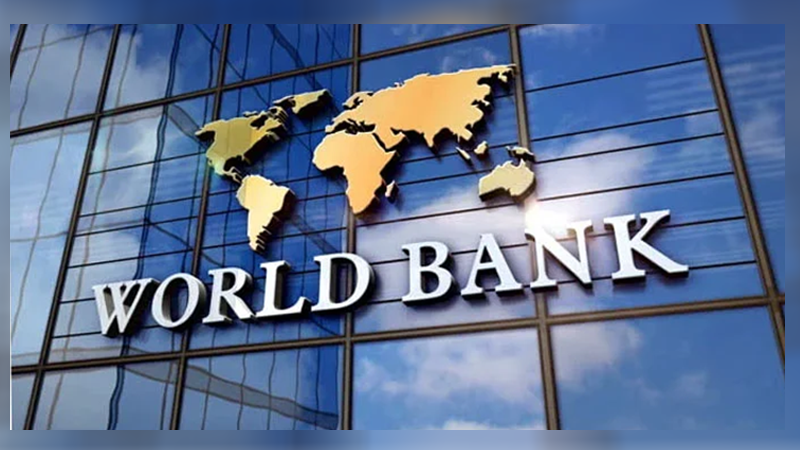The World Bank has issued a cautionary outlook for Pakistan’s economy, expecting it to continue facing significant challenges, including subdued growth and persistent fiscal pressures. In its latest report titled “Pakistan Development Update: Fiscal Impact of Federal State-Owned Enterprises,” the World Bank highlighted several key concerns regarding the country’s economic prospects.
According to the report, Pakistan’s GDP growth is anticipated to remain sluggish, with a projected growth rate of 1.8 percent for the current fiscal year. The Bank attributed this subdued growth to ongoing foreign exchange liquidity issues stemming from a persistent trade deficit and limited access to external financing. Despite the recent completion of the International Monetary Fund’s stand-by arrangement and continued rollovers, foreign reserves are expected to remain low, posing further challenges for the economy.
Import management measures, aimed at addressing the trade imbalance, are expected to disrupt the domestic supply chain and contribute to tight macroeconomic policies, which will likely dampen aggregate consumption and investment. The lack of a credible and ambitious economic reform agenda adds to the uncertainty, affecting confidence and growth prospects.
Looking ahead, the World Bank forecasted a modest recovery in output growth, averaging 2.5 percent over the next two years, as confidence improves but remains below potential in the medium term. Inflation is projected to remain elevated at 26 percent in the current fiscal year, driven by higher domestic energy prices, although it is expected to moderate over the medium term due to high base effects and lower global commodity prices.
On the external front, the current account deficit (CAD) is anticipated to remain low at 0.7 percent of GDP in the current fiscal year, with expectations of further narrowing to 0.6 percent of GDP in the next two years. However, the report highlighted multiple risks to the economic outlook, including heavy domestic borrowing for fiscal financing, a low tax-to-GDP ratio, and growing policy uncertainties that could weaken business confidence and limit external financing.
Urgent reforms for state-owned enterprises (SOEs) were emphasised as necessary to reduce fiscal risks, with these entities consistently incurring losses since 2016. The government’s substantial financial support through subsidies, grants, loans, and guarantees has exacerbated fiscal exposure, underscoring the need for reform.
While Pakistan has managed to avert an immediate economic crisis through IMF assistance and policy measures, the report cautioned that the nascent recovery has been insufficient in addressing poverty. Wages for unskilled labor have not kept pace with inflation, leading to an estimated increase in poverty by 4.5 percentage points, with ten million people at risk of falling below the poverty line in the face of economic shocks.
Rising food prices have disproportionately affected poor households, exacerbating inflation inequality across different income groups. The World Bank’s report underscores the importance of concerted efforts to address structural challenges and implement reforms to ensure sustainable and inclusive economic growth in Pakistan.
